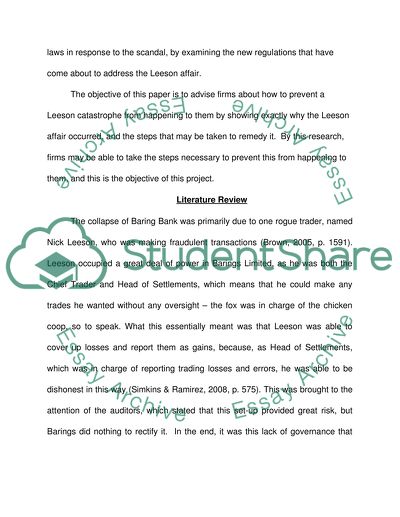Cite this document
(“How Individual Firms Can Prevent A Leeson Incident From Happening To Research Paper”, n.d.)
Retrieved de https://studentshare.org/finance-accounting/1391917-rogue-trading-within-bank-industry-about-nick
Retrieved de https://studentshare.org/finance-accounting/1391917-rogue-trading-within-bank-industry-about-nick
(How Individual Firms Can Prevent A Leeson Incident From Happening To Research Paper)
https://studentshare.org/finance-accounting/1391917-rogue-trading-within-bank-industry-about-nick.
https://studentshare.org/finance-accounting/1391917-rogue-trading-within-bank-industry-about-nick.
“How Individual Firms Can Prevent A Leeson Incident From Happening To Research Paper”, n.d. https://studentshare.org/finance-accounting/1391917-rogue-trading-within-bank-industry-about-nick.


